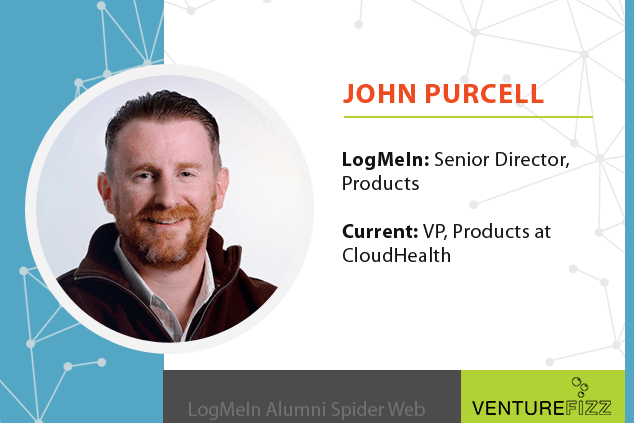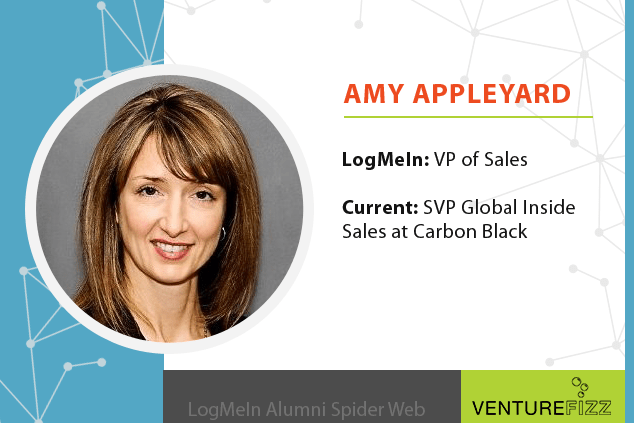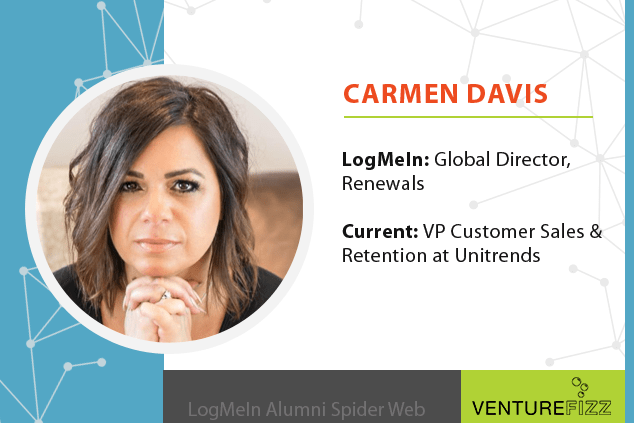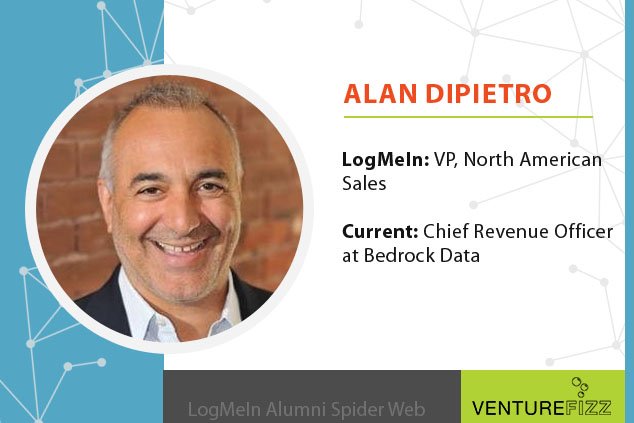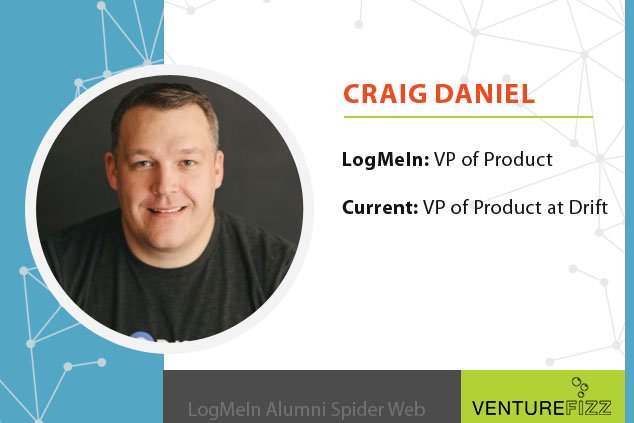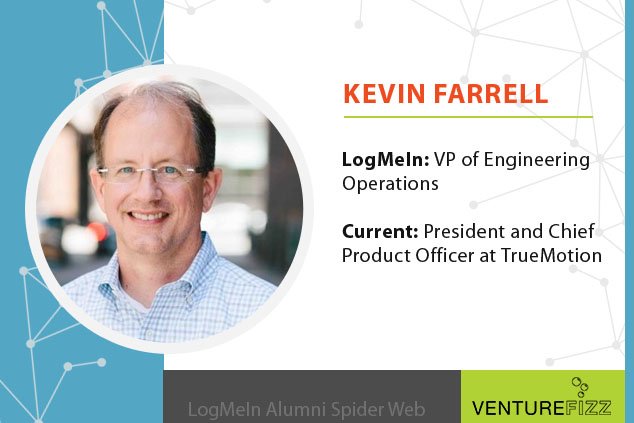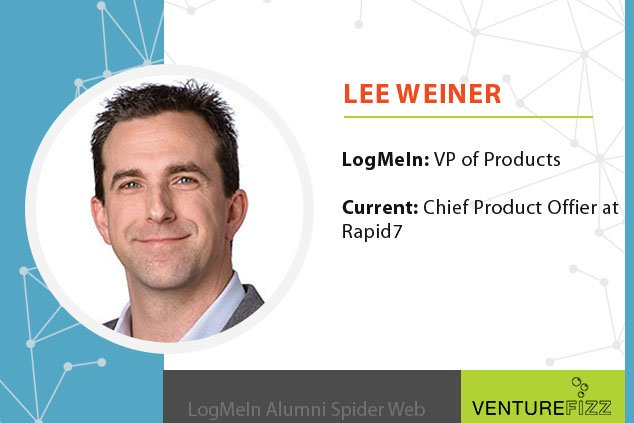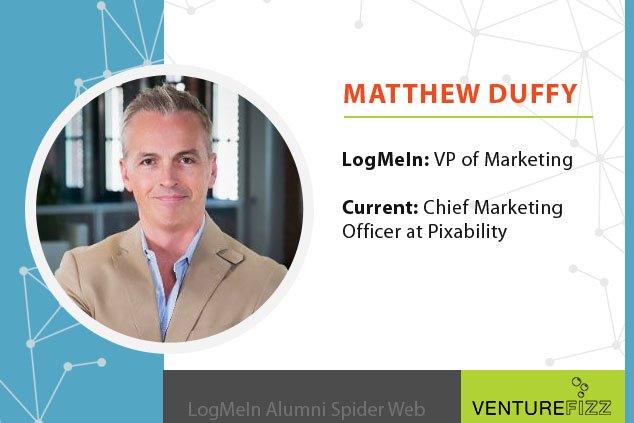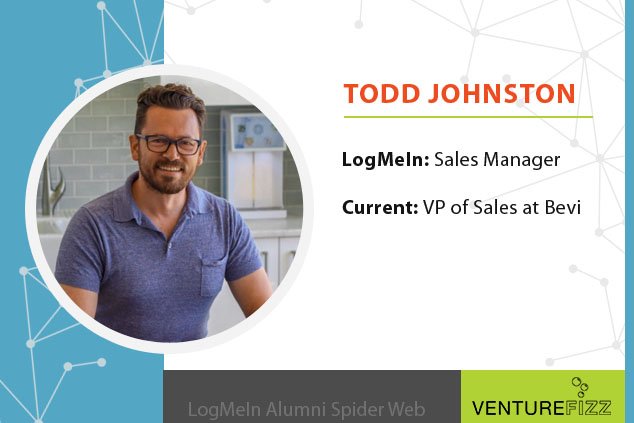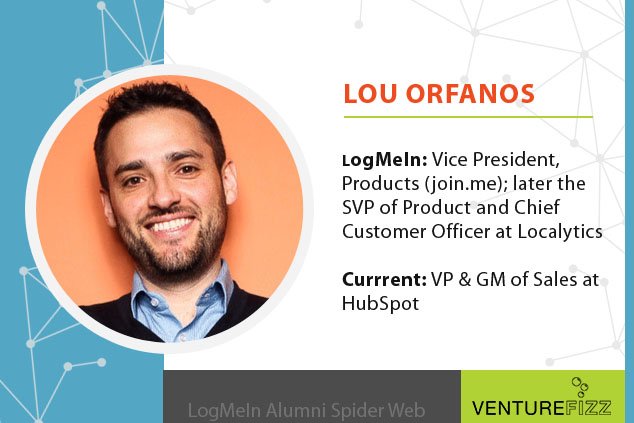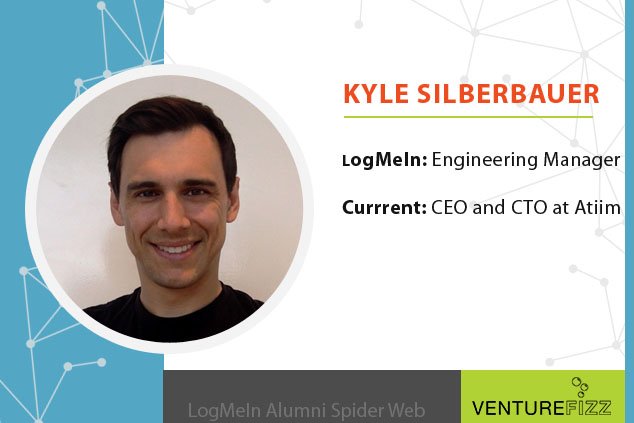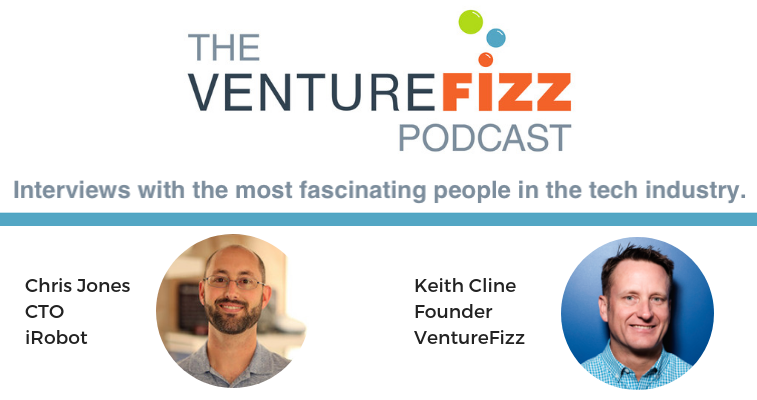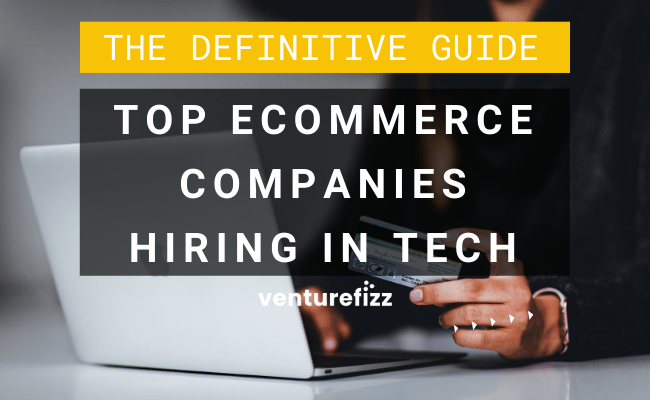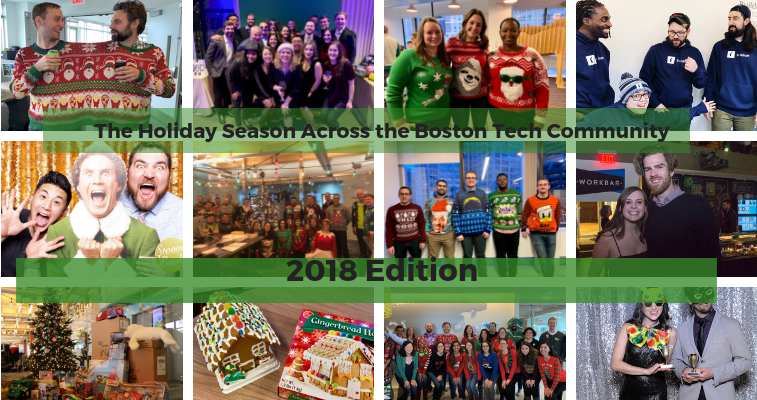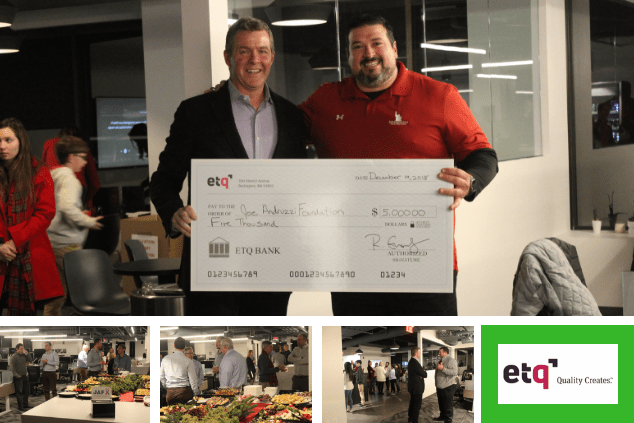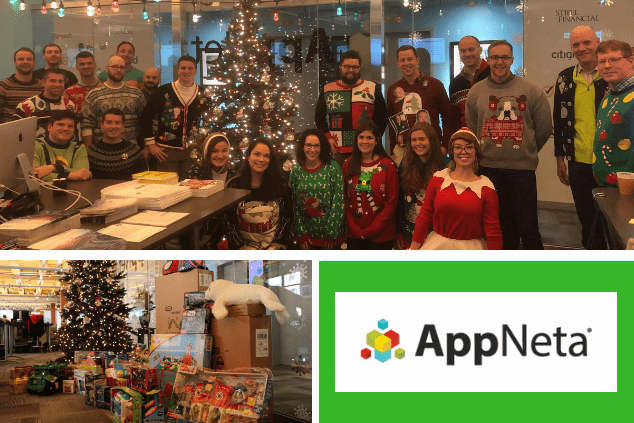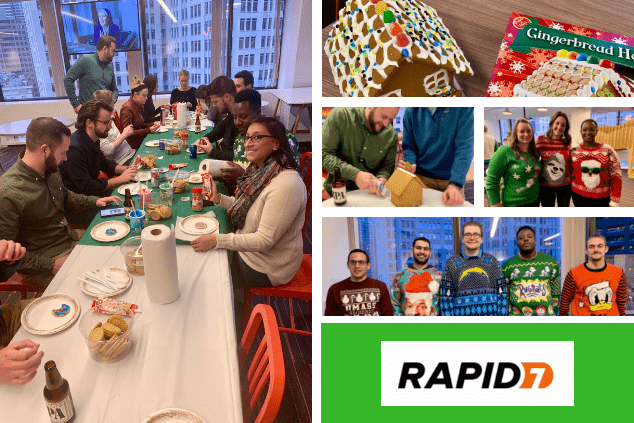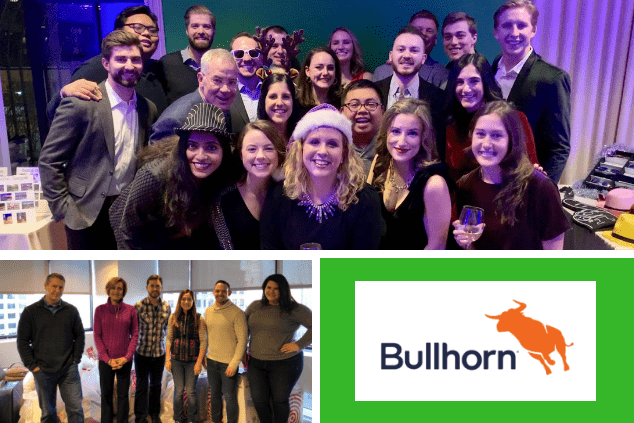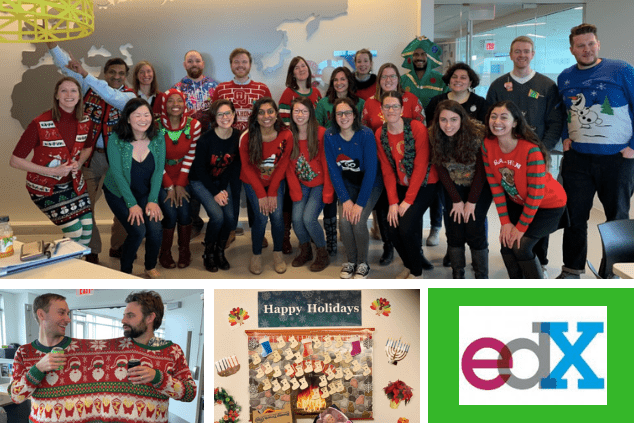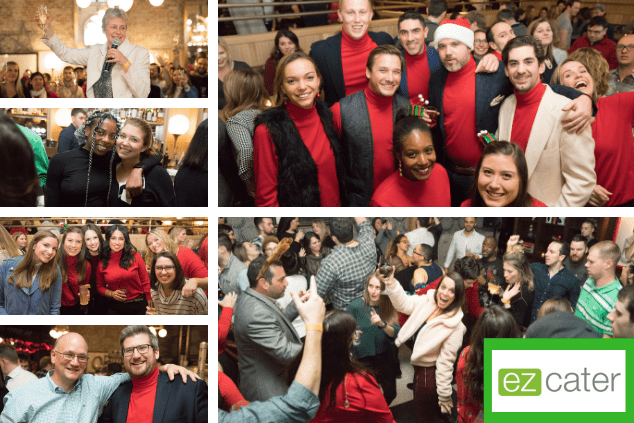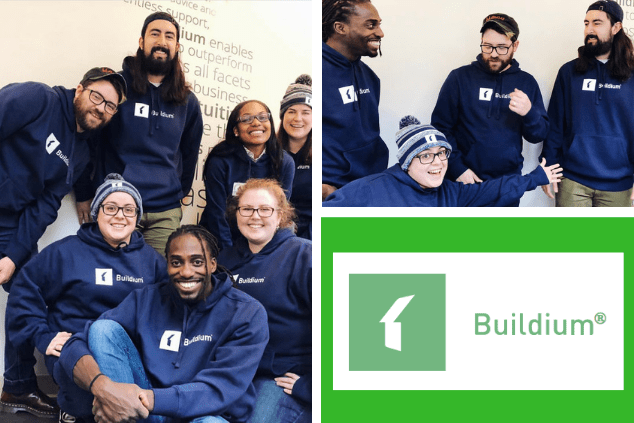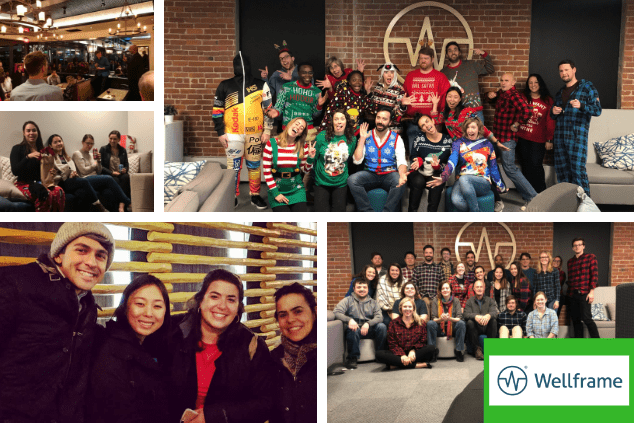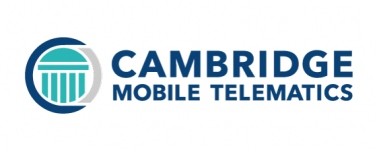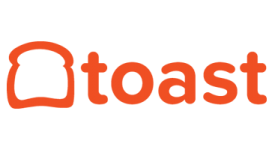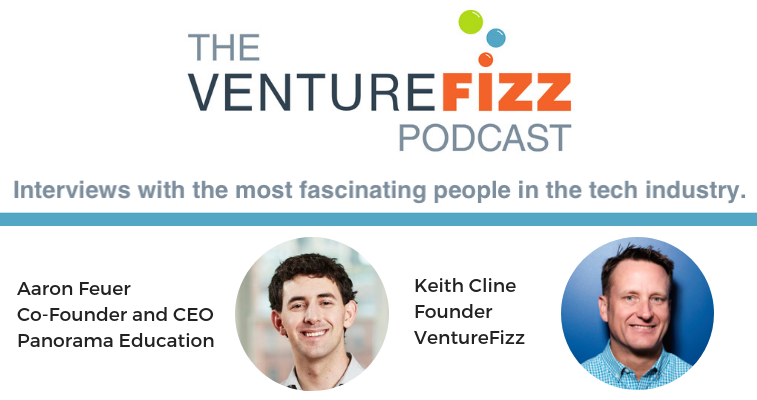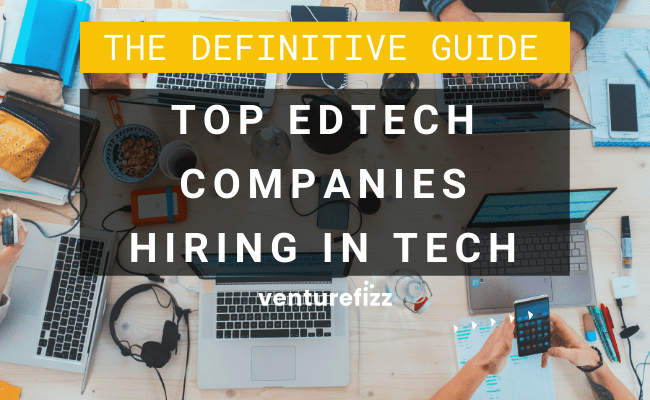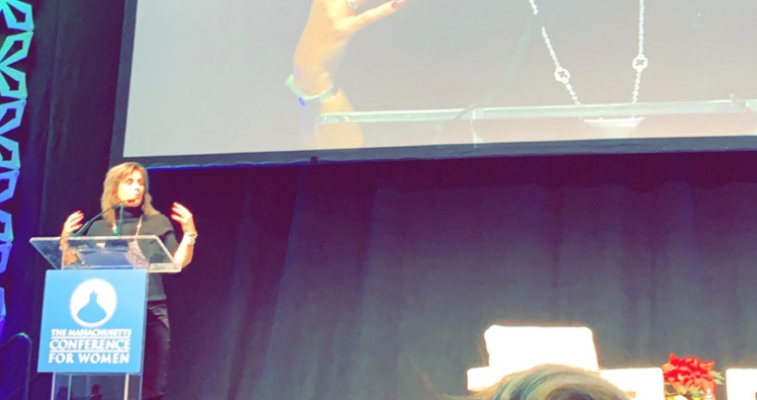2018 was another triumphant year for Boston tech! With the year coming to close, it's time to reflect at some of the big moments within the Boston tech scene.
Here's a look at some of the top stories on VentureFizz from 2018 in no particular order.

18 of the Most Impressive Engineering Teams in Boston Tech
Engineering Spotlight is a recurring series on VentureFizz. It's a deep dive into a Boston tech company's engineering team and what it's like working there. The pool of engineering talent in the Boston tech scene is impressive! Here is a sampling of the incredible engineering teams working for some of Boston's hottest companies.
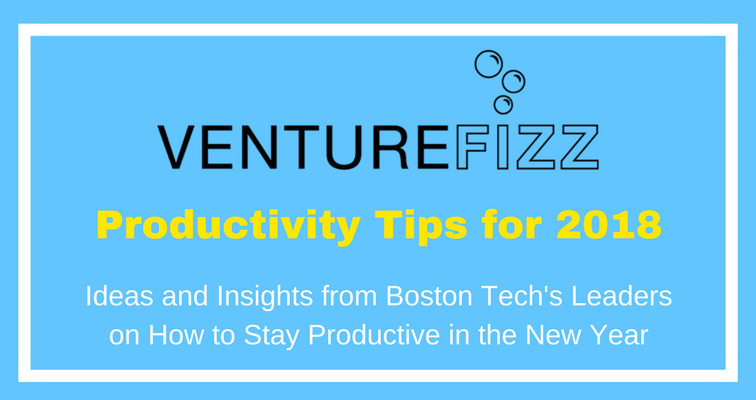
How to Stay Productive in 2018 - Tips From Boston's Tech Leaders
The workplace is full of distractions, but there are many ways to stay focused and productive. We asked some of Boston tech's leaders on their tips and tricks on how to stay productive.

How Carbon Black Empowers Its Women
Part of Carbon Black's company culture are events that highlight diversity and inclusion. Ashley Perez writes and details the various functions and panels her company empowers women through them.

The Incredible List of Successful Babson College Alumni (Part 1: Undergraduates)
Check out our slideshow showcasing just a few of the notable undergraduates who have come from Babson College. Going through the pictures, there's bound to be at least one person that will make you go, "I didn't realize they went to Babson?"
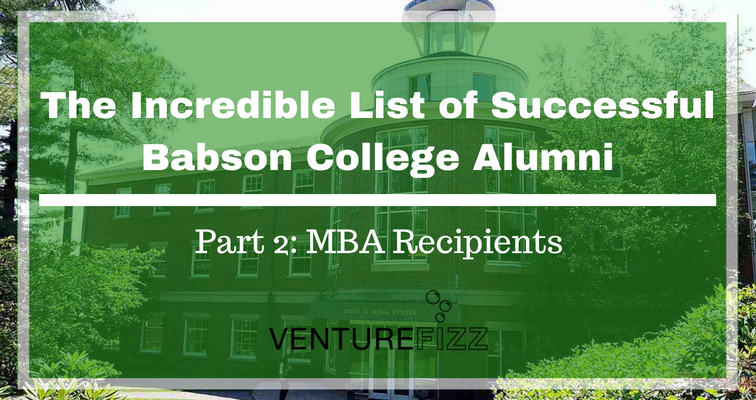
The Incredible List of Successful Babson College Alumni (Part 2: MBA Recipients)
Check out our slideshow showcasing just a few of the notable MBA graduates who have come from Babson College. Going through the pictures, there's bound to be at least one person that will make you go, "I didn't realize they went to Babson?" Since the last one featured undergraduates, this slideshow will feature those who graduated with a Master of Business Administration (MBA) degree from Babson.
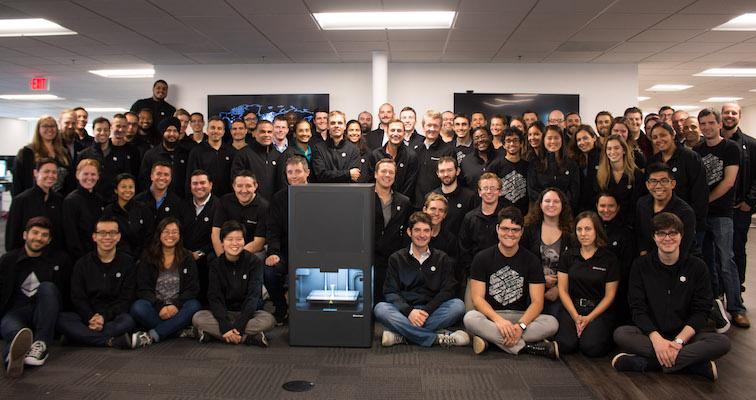
The Story of Greg Mark, and How Markforged Disrupted the 3D Printing Industry
Markforged offers a platform for 3D printing, as well as a range of 3D printers for industrial uses. While many companies work solely in plastic, Markforged printers can print carbon fiber, stainless steel, fiberglass, and titanium, as well as plastics and other materials. Founder and CEO Greg Mark told us the story of how Markforged went from being an idea to a major disruptive force in this highly competitive industry.
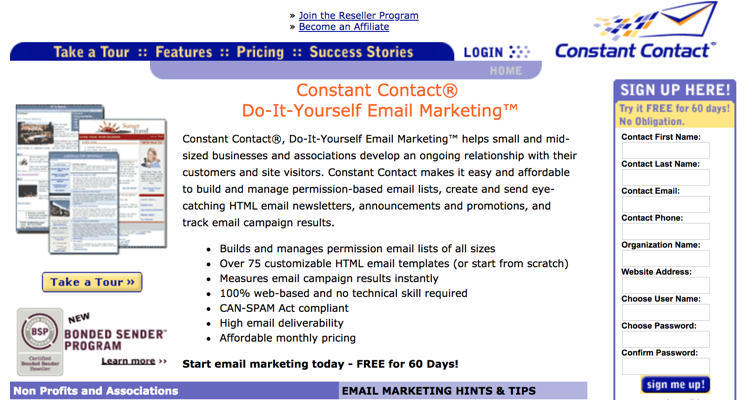
The Colossal Spider Web of Constant Contact Alumni
Constant Contact is one of the Boston tech scene's pillar companies. Various alumni from the company have gone on to start their own companies and hold executive leadership roles in the tech sector. Here's a slideshow of notable alumni.

Boston Emerges as a Hub for Disruptive Food and Beverage Brands and Tech Companies
Over the past few years, Boston has emerged as a player in the food and beverage industry with a variety of innovative startups coming out of the space. Allen Bonde of Repsly writes about some of the companies to come out of this space and what they have been up to.

Blockchain & Cryptocurrency in Boston Tech - Part 1: “Something I Learned Today” - Breaking Down and Defining the Basics
VentureFizz gave our readers an inside look to the blockchain and cryptocurrency scene in Boston; What all the terms mean, who is involved with the technology, what are the investor's points of view, and what the future holds for Boston in the cryptocurrency and blockchain space. For the first part of this series, it’s a crash course on what the terms in this new frontier mean.

Summer Reading - Boston Tech Shares What They Are Reading (Part 1: Business/Entrepreneur Books)
Inspired by Bill Gates' list of 5 books worth reading this summer, we asked founders, CEOs, and operating executives across the Boston tech scene for book recommendations. The goal is to give you some great books to check out during those summer vacations or whenever you have a chance to read.
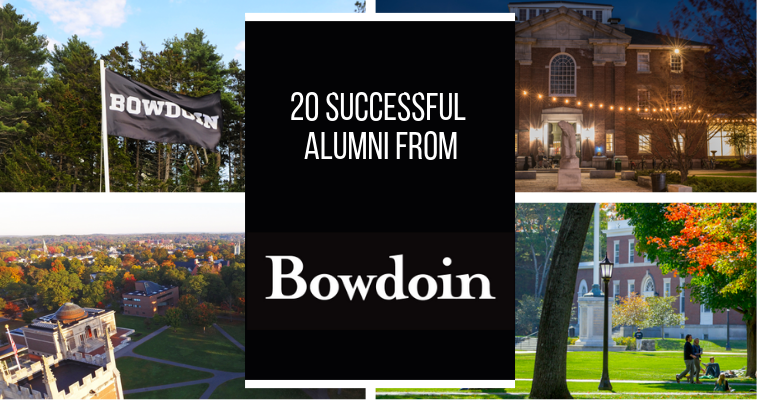
20 Successful Alumni of Bowdoin College
Bowdoin College is a private liberal arts college based in Brunswick, Maine. It is one of the many outstanding academic institutions in New England. As a school specializing in liberal arts, it may come as a surprise how many of its alumni have gone on to incredibly successful careers in business, whether it is as an executive or an entrepreneur. We compiled a list with some of these individuals that are "mostly" in the tech industry.
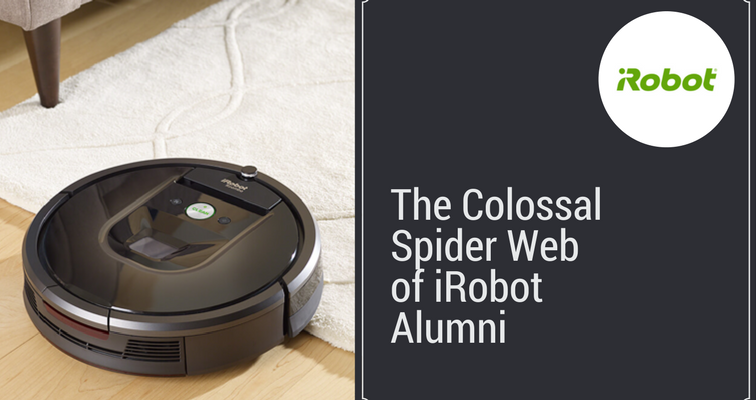
The Colossal Spider Web of iRobot Alumni
iRobot is one of the Boston tech scene's pillar companies. Various alumni from the company have gone on to start their own companies and hold executive leadership roles in the tech sector. Here's a slideshow of notable alumni.
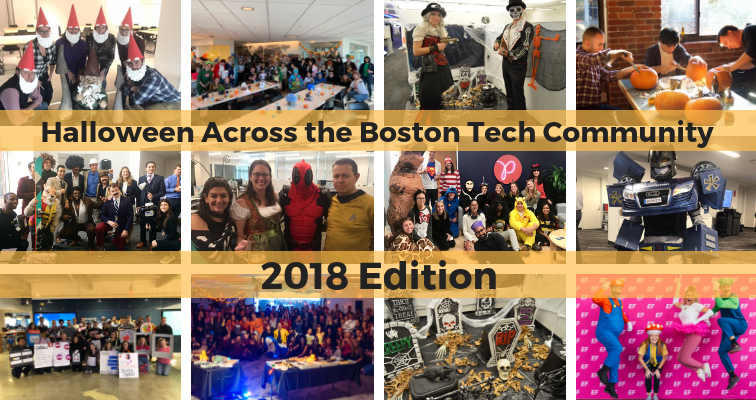
Halloween Across The Boston Tech Community - 2018 Edition
When it comes to Halloween, the Boston tech community doesn't mess around. This is our fourth year publishing this slideshow and each year the costumes keep getting better and better. This year, you'll see a lot of Disney-related costumes, famous musicians, The Wizard of Oz... but you'll see some incredibly elaborate costumes like a Transformer, some hysterical groups having fun with their theme, and even the ubiquitous Deadpool hanging around!
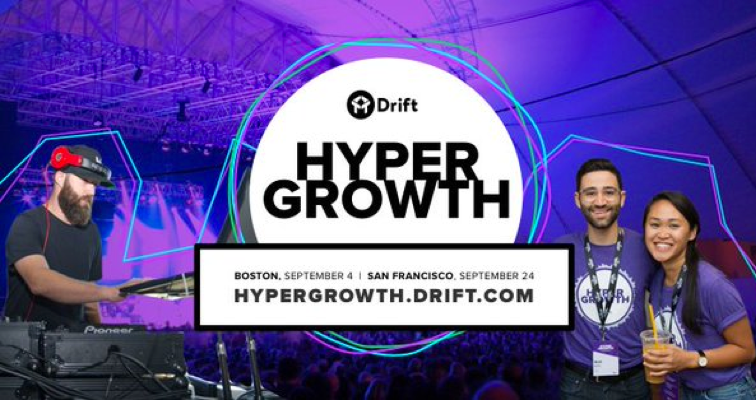
Drift's HYPERGROWTH is Back and It's Bigger & Better Than Last Year
Drift's HYPERGROWTH conference returned for 2018 and Keith Cline connected with Dave Gerhardt, Drift's VP of Marketing, to get a preview of the 2018 conference.
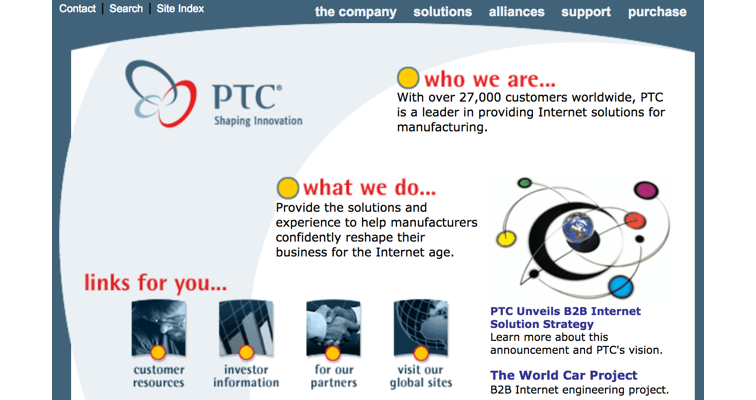
The Colossal Spider Web of PTC Alumni
PTC is one of the Boston tech scene's pillar companies. Various alumni from the company have gone on to start their own companies and hold executive leadership roles in the tech sector. Here's a slideshow of notable alumni.

Alice’s Table, A Platform That Empowers Women, is Entering the Shark Tank
Alice's Table fulfills two specific markets: women looking for a “side hustle” and women looking to start a small business. We spoke with Alice Lewis, the Founder and CEO, about how their platform empowers women and she previews her appearance on ABC's Shark Tank.
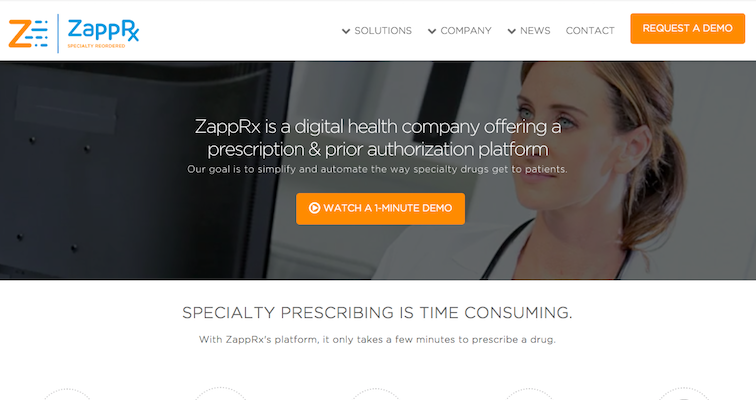
ZappRx: A Digital Health Platform Grows to New Heights
ZappRx is a platform for specialty drugs that simplifies the intensive process of getting treatment. Founder and CEO Zoë Barry tells us all about the company's recent happenings and offers some lessons she's learned as a first-time founder.
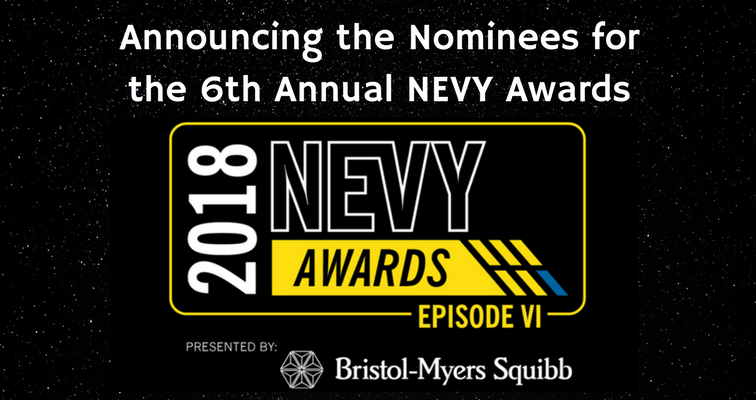
Announcing the Nominees for the 6th Annual NEVY Awards
The NEVCA announced their nominees for the 2018 edition of their awards show, the NEVYs, which includes a number of companies and investors across the complete New England both the life sciences and tech ecosystems.
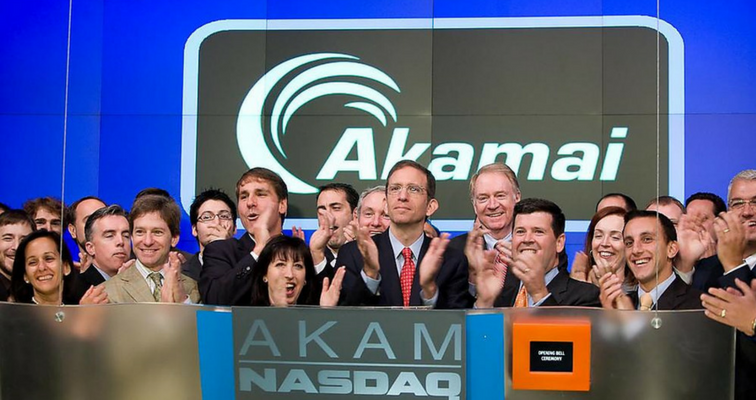
The Colossal Spider Web of Akamai Alumni
Akamai is one of the Boston tech scene's pillar companies. Various alumni from the company have gone on to start their own companies and hold executive leadership roles in the tech sector. Here's a slideshow of notable alumni.

34 of the Top Leaders in the Boston Tech Scene - 2018 Lead(H)er Recap
As part of our Lead(H)er feature, we’ve had the great privilege of talking to women who are shaking things up not only as founders, but as product managers, C-suite execs, marketing experts, and more in Boston’s vibrant startup scene. Take a look at our list of the talented women we’ve spotlighted this year.
Colin Barry is an Editor & Staff Writer to VentureFizz. Follow him on Twitter @ColinKrash







